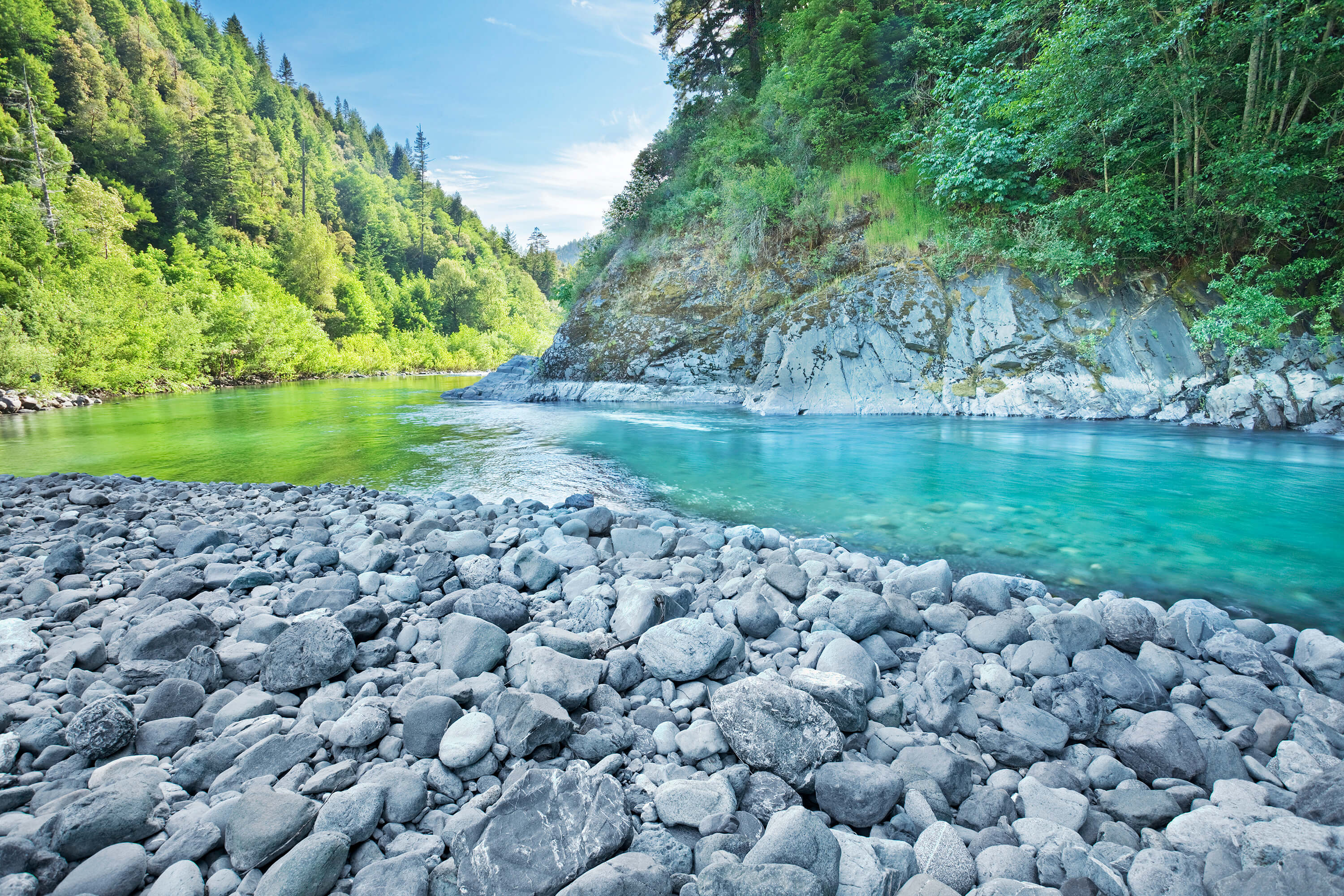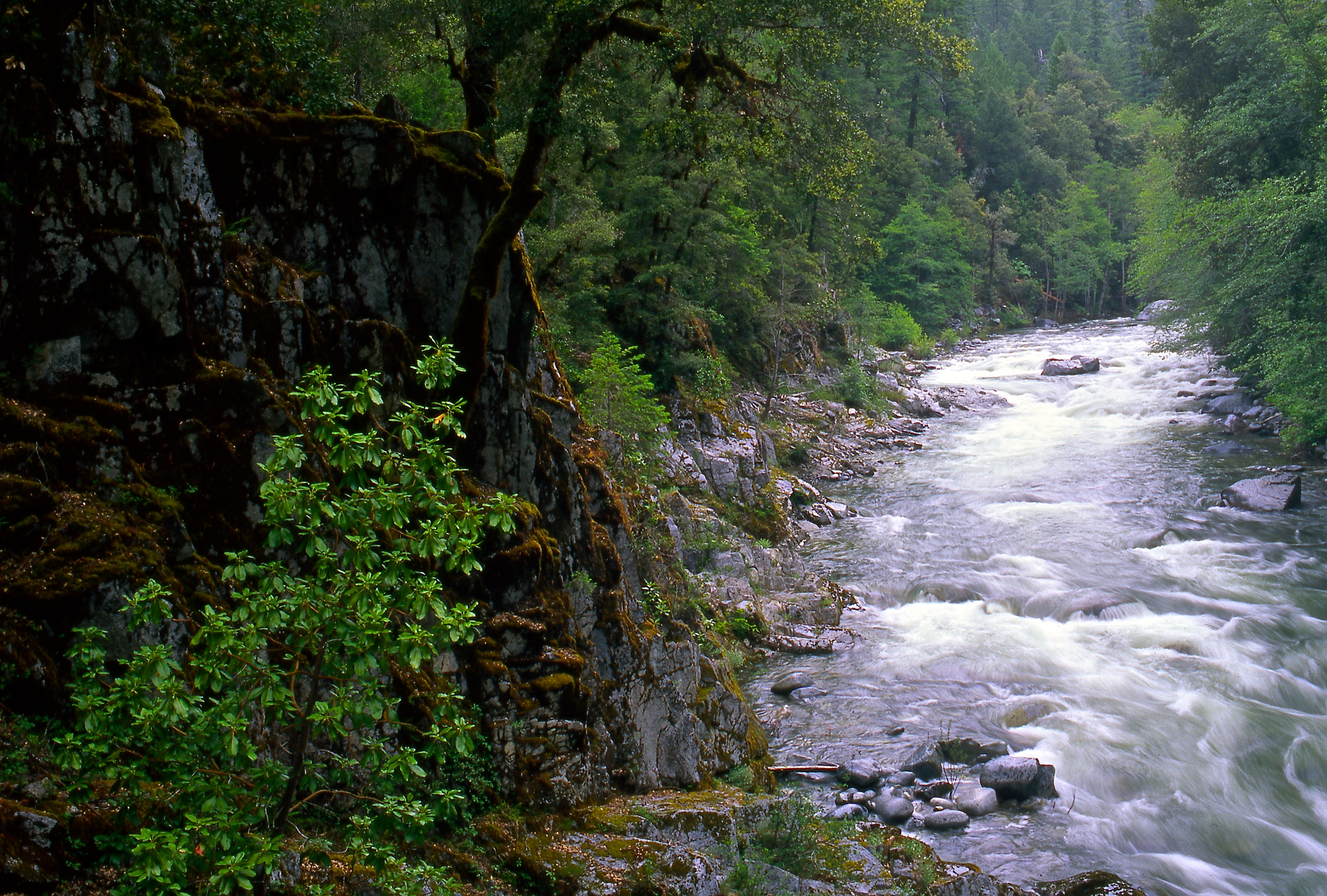Klamath River
A historic and continuing gold producer in Northern California

About the Klamath River
The Klamath River and its tributaries have produced significant gold since the 1850s and continue to be productive today. This mighty river flows from Oregon through Northern California before emptying into the Pacific Ocean, cutting through diverse gold-bearing geological formations along the way.
The Klamath and its tributaries have produced significant gold since the 1850s and continue to be productive today. Modern prospectors continue to find both fine gold and occasional nuggets throughout the Klamath system.
Gold Production History
Gold was discovered along the Klamath River in the early 1850s, shortly after the start of the California Gold Rush. The discovery led to a significant mining boom in the region, with thousands of miners working the river and its tributaries.
Historical mining operations along the Klamath included placer mining, hydraulic mining, and dredging. Many of the river's bends and gravel bars were extensively worked, but the river's size and the challenging terrain left many areas less thoroughly mined than in other gold districts.

Notable Mining Areas
Several sections of the Klamath River are particularly productive:
- Happy Camp Area: Known for consistent gold production and good access
- Orleans to Weitchpec: Features numerous productive gravel bars
- Seiad Valley: Historical mining district with continuing production
- Klamath Glen: Lower river section with fine gold deposits
Key Tributaries
Several tributaries of the Klamath River are significant gold producers:
- Salmon River: One of the richest tributaries, known for larger gold pieces
- Scott River: Historical and continuing placer gold production
- Indian Creek: Accessible with good gold recovery potential
- Clear Creek: Known for fine gold deposits
Mining Methods
The Klamath River system supports various mining methods:
- Panning and Sluicing: Effective in the numerous gravel bars along the river
- Highbanking: Useful for working the higher benches and terraces
- Crevicing: Productive in areas with exposed bedrock
- Metal Detecting: Can be effective in certain areas known for larger gold pieces
Access and Logistics
Highway 96 follows the Klamath River for much of its course through California, providing good access to many areas. The towns of Happy Camp, Orleans, and Weitchpec offer basic services for miners and prospectors.
The remote nature of much of the Klamath region means less competition but requires more self-sufficiency. Cell phone coverage is limited in many areas, so proper planning is essential.
Other Gold-Bearing Rivers
- Trinity River
Known for consistent gold production and good access
- American River
Historic site of the original California gold rush
- Feather River
Excellent opportunities, particularly in areas with exposed bedrock
- Yuba River
Historic gold producer with continuing potential
Related Resources
- What Is a Placer Mining Claim?
Understanding the basics of placer mining claims
- Top 5 Gold Mining Counties in California
Siskiyou County, home to much of the Klamath River, is one of California's top gold-producing regions
- Why California Rivers Are Still Gold Mines
Learn why rivers like the Klamath continue to produce gold
Klamath River Claims
Claims on the Klamath River typically range from $3,000 to $10,000 for 20-acre parcels, with prices varying based on:
- Location along the river
- Access quality
- Historical production records
- Presence of workable features
Interested in Klamath River Gold Claims?
Contact us to learn more about available claims or to be notified when new Klamath River claims become available.